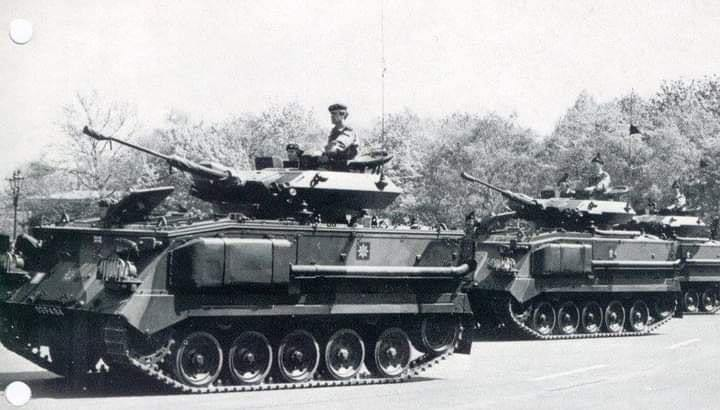Not specifically an F-4, I misremembered that, Greg Baughen's article on the 1957 Defence White Paper, A Brief History of the Future for The Aviation Historian Issue 20 mentions that in February 1956 Macmillan pointed out to the Air Staff that a case could be made for a manned fighter force supporting operations East of Suez, and that this was a real possibility given the then ongoing Suez Crisis.
Later in June that year, he circulated a note suggesting that Fighter Command could not perform it's role in a nuclear war had no part to play in other more limited wars, and could not protect against Ballistic Missile attack. He conceded that a new Fighter was needed by the Royal Navy to defend the fleet, and that the RAF might need a fighter for use overseas, and it might need to be an "entirely different type of fighter", but was critical of short-range fighters to intercept Soviet bombers.
TNA References in the footnotes for these statements are AIR 20/9774, February 1956, and AIR 8/2014, 11.6.56 respectively.
Coming back to this if I may.
The Lightning F1 and F1A were ordered in November 1956, when the fuel capacity of the Lightning was measly 3200 litres and a 910 litre HTP tank for the Napier Double Scorpion, the rocket used the fuel from the aircraft. This is what Macmillan would have been critical of, and not surprising really.
In 1958 the rocket was cancelled and the conformal belly store was routinely (I believe almost always) used as a fuel tank, adding 1,120 litres bringing the total up to 4,320 litres. Better but still not good.
The January 1962 order for 45 F3 was amended at some point to 16 F3, 16 F6(Interim) and 13 F6, while 33 F6 were ordered in January 1964. These had a new, kinked, conically cambered wing leading edge, incorporating a slightly larger leading edge fuel tank holding an extra 60 litres of fuel, for a total of 3260. With the small belly tank this is a total 4,380 litres.
The F6 also replaced the 1,120 litre belly tank with the 2,800 litre tank, almost doubling the internal fuel of the basic aircraft to a grand total of 6,060 litres.
Now what if in 1957 someone at EE, in response to the PM's criticism of the short range of RAF interceptors, proposed the 2,800 litre belly tank for the Lightning which effectively doubled the fuel and therefore the range presumably at the expense of ultimate climb performance. Would that ameliorate some of the PMs criticism, leading him and Sandys to not be so harsh in their judgements?

